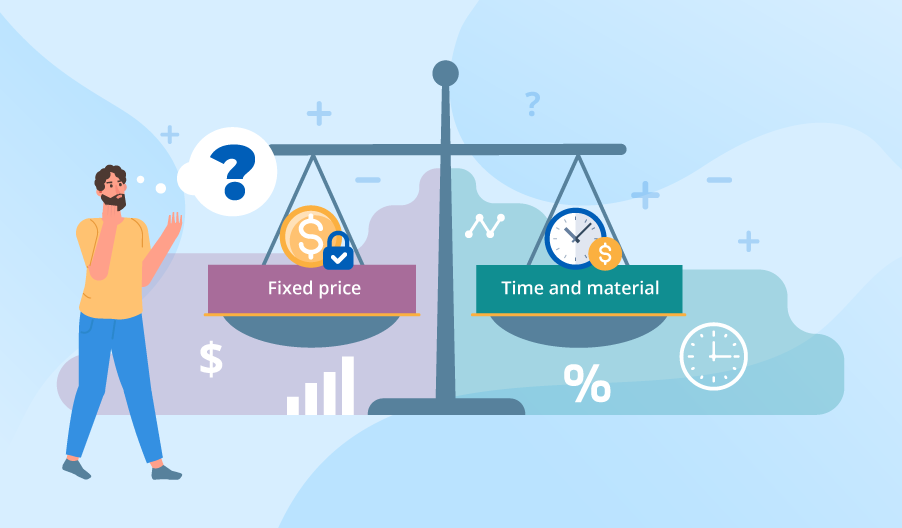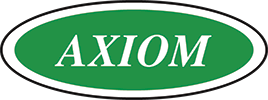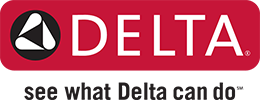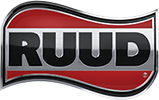Do you charge a flat rate for service calls or base it on time and materials? There’s a debate going on in the trades about which of these pricing structures is best. Which one makes more sense for HVAC and plumbing?
The truth is, there are advantages and disadvantages to both. Service businesses have traditionally used a time + materials pricing structure, but many have switched to flat rate in recent years. Some are even considering using a hybrid approach that offers a flat rate until the job goes over a certain number of hours. Which approach is right for you? Here’s a breakdown of the pros and cons.
Flat-rate pricing means charging a fixed price per job, including the time for your people in the field, plus the parts it takes to get the job done.
Pros
Customers like it. While exceptions are out there, by and large, customers tend to prefer flat-fate billing. They like this structure because they know what to expect to pay from the get-go. There are no hidden fees or surprises when the job is done.
Predictability for you. You may choose to assign different flat rates to different jobs. If you’re using flat-rate billing and you know the average number of calls and jobs you have per week, you can estimate the revenue you’ll bring in month to month, allowing for wiggle room for jobs that require more time.
Potential to boost profitability. This depends on what you’re charging for your flat rate for any given job. For the sake of argument, let’s say the flat rate for a water heater repair is $500. And let’s say if you were charging hourly + parts, it would be $100 per hour plus, say, $50 for parts. If your tech can get the job done in one hour, you’ll be ahead of where you’d be if you had charged the hourly rate.
Cons
Serious upfront planning. To make flat-rate pricing work, you need to devote serious time and effort on the front end, accurately estimating the time, overhead and parts needed for each job. Ideally, your pricing should be updated yearly to take into consideration things like price hikes from manufacturers due to tariffs, wage increases and other reasons your costs may go up. Many small businesses are using specialized software to plan these costs.
Can scare off some customers. It’s generally true customers have a preference for flat-rate pricing, but some may wonder about the specific cost ratio, especially if the job is relatively small. This may mean extra training for your people out in the field to communicate this pricing structure to customers.
Time + materials pricing
This method is a traditional pricing structure and still widely used. It’s an hourly rate for labor, plus parts.
Pros
Everyone knows what it is. Customers are familiar with this pricing structure and know the clock is running when the tech starts the job.
No need for much upfront planning. If you’ve been in business awhile, you know generally how much time it should take for every given repair, replacement and service job. But unlike flat-rate pricing, you don’t need to spend time with the calculations. The time spent is the rate charged, period.
Better for unpredictable jobs. Everyone has experienced a job that was initially straightforward but snowballed into a long and involved repair. Time + materials pricing has your bottom line covered if your tech spends five hours, instead of the expected one hour, on a job.
Cons
Customers may feel nickel-and-dimed, and that may result in dissatisfaction. When customers know the clock is ticking, they may not ask questions or engage the tech in any conversation. That can lead to customer misunderstandings of the repair, what was wrong in the first place or other information they need to know.
Estimating total costs may be difficult. Some customers are going to want a bottom-line cost, or even a close ballpark, of what they’re going to pay for the job. If you’re using time + materials pricing and the other guy is using a flat rate, customers who want certainty may choose the shop with flat-rate pricing.
How to switch to flat-rate pricing
If you’re thinking of making the switch to flat rate, here are a few tips to make that change as seamless as possible.
There’s an app for that! You can find software specifically designed to track labor hours, parts costs, and overhead, making it easier for you to set your flat-rate pricing structure so it benefits you and your customers.
Don’t set it and forget it. Re-assess your pricing structure annually to take into account increases in costs for parts and things like fuel that can erode your profits.
Increase training. Train your people in the field to talk about expertise, quality, and value, rather than the time it takes to get the job done. It’s a small but crucial pivot in how to communicate with customers.
The bottom line is customers are looking for value. No matter the payment structure you use, your customers need to feel they’re getting the most for their money.






